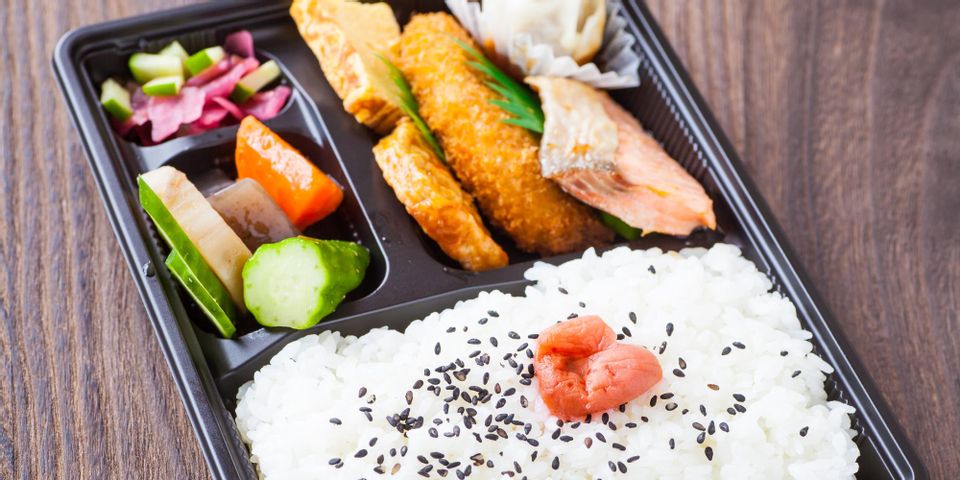
If you’ve been to Japanese restaurants or grocery stores in recent years, you’re probably familiar with bento boxes. These boxed lunches are separated into small compartments that can include rice or noodles, a protein like fish, and different pickled vegetables. While this concept has only recently seen a surge in popularity around the world, it’s been a part of Japanese culture for centuries. Here is a brief look at its history.
A Look Into the History of Bento Boxes
Origins & Impact
Nearly 1,000 years ago, bento boxes were used to store dehydrated rice. People then began using them to store additional food items for entertaining and to bring their lunches to work and school. When trains were implemented in Japan, the bento became even more popular, since people needed ways to take meals from one place to the other.
 After World War I, there was a period of great wealth disparity in Japan. Only wealthy families could afford bento boxes, which caused education officials to recognize the importance of proper nutrition and fairness among students. The country eventually created a standard lunch program to ensure that all kids had access to healthy foods at school.
After World War I, there was a period of great wealth disparity in Japan. Only wealthy families could afford bento boxes, which caused education officials to recognize the importance of proper nutrition and fairness among students. The country eventually created a standard lunch program to ensure that all kids had access to healthy foods at school.
Spread Around the World
After the controversy surrounding lunches in schools was over, bento boxes became an affordable and easy way to transport and eat meals. They started appearing in convenience stores as prepared food, and restaurants soon adopted them as a lunch option. Their steady popularity is due to the health of their meals, and since they come in numerous variations of protein, carbs, and vegetables, they can also be customized to fit any taste.
If you’re interested in trying a bento box meal, visit Ahi and Vegetable in Honolulu, HI. With two locations in the heart of downtown and the Kapalama Shopping Center, they offer a huge variety of fresh and high-quality seafood bought daily, as well as wholesale and event options. Explore their full menus online or call (808) 845-3500 to place an order.
About the Business
Have a question? Ask the experts!
Send your question

